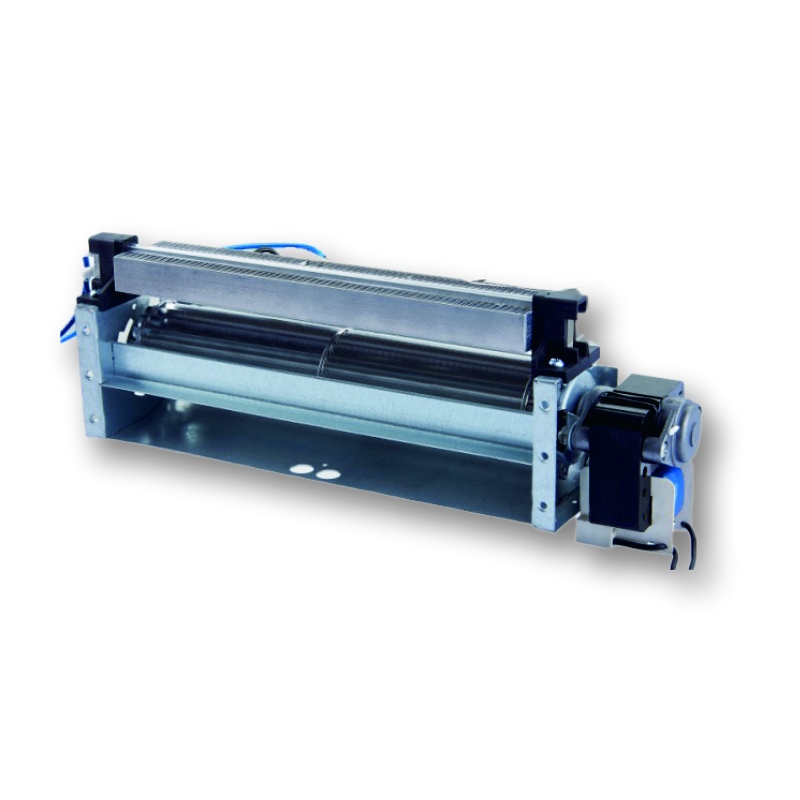Introduction to ac condenser fan motors
AC condenser fan motors are integral components of air conditioning systems, responsible for dispersing heat absorbed from indoor spaces to the outside environment. Understanding how these motors function and how to test them is crucial for ensuring optimal performance and longevity. In this guide, we delve into the testing process for these motors, highlighting the tools needed and steps involved. Regular maintenance and testing can prevent costly failures and improve overall cooling efficiency.
Tools and Equipment for Testing
Essential Testing Tools
Before commencing any testing procedure, it is important to gather the necessary tools. Key tools include a digital multimeter for measuring electrical values, a non-contact voltage tester for ensuring safety, and a capacitor tester. Screwdrivers, wrenches, and pliers are also essential for disassembling the unit as needed. Manufacturers often recommend specific tools, so consulting your unit’s manual or factory guidelines is vital.
Safety Equipment
Safety should never be compromised. Personal protective equipment such as insulated gloves, safety goggles, and appropriate footwear should be worn. Ensuring your testing environment is dry and free from hazards is crucial for preventing accidents. Suppliers might provide additional safety tips tailored to specific motor models.
Identifying Symptoms of a Faulty Motor
Performance Issues
AC condenser fan motors can exhibit various symptoms indicating potential faults, including unusual noise, overheating, and inconsistent airflow. Recognizing these symptoms early can prevent further damage. A frequent symptom reported to manufacturers and suppliers is a high-pitched squeal, often indicative of bearing issues.
Visual Cues
Visible signs of wear and damage can also point to motor problems. Corrosion on connectors, burnt wires, and physical damage to components are all signs that the motor may not be operating at full capacity. Regular visual inspections can be an effective preventive measure endorsed by many factories.
Visual Inspection of the Motor
A thorough visual inspection can often uncover the root cause of motor issues. Begin by de-energizing the unit. Remove the access panel to examine the motor and its surroundings for visible damage or wear. Look for burnt or frayed wires, signs of overheating such as discoloration, and inspect the fan blades for debris or damage. Any irregularities should be addressed promptly to prevent further issues. Manufacturers often provide guidelines on what to look for during these inspections.
Testing the Motor's Capacitor
Capacitor Function
The capacitor plays a crucial role in starting the motor and maintaining its operation. A malfunctioning capacitor can lead to a motor that doesn’t start or overheats quickly. Testing the capacitor involves using a multimeter set to capacitance mode. Disconnect the capacitor, then touch the meter probes to the terminals.
Interpreting Results
The multimeter should display a reading close to the capacitor's rated value, often between 5 and 50 microfarads as specified by the manufacturer. A significantly lower reading indicates that the capacitor should be replaced. Suppliers typically stock capacitors that match the specific needs of different motor models.
Measuring Electrical Resistance and Continuity
Understanding Resistance and Continuity
Testing resistance and continuity ensures that electrical pathways are intact within the motor. Using a multimeter, set it to resistance mode (Ohms). With the power off, test the resistance between the motor windings. Generally, a reading between 2 to 5 Ohms is typical for many units, but checking manufacturer specifications is advised.
Assessing Continuity
Continuity tests verify that electrical current can pass through the motor’s circuits uninterrupted. A continuous circuit will show a low resistance value or an audible beep from the multimeter. Lack of continuity indicates broken wires or connections that must be addressed.
Determining Motor Voltage and Amperage
Voltage Verification
Ensuring the motor receives the proper voltage is critical for its operation. Using a multimeter, test the voltage at the motor terminals with the unit energized. Common AC condenser motors operate at 208-230 volts, but always refer to the factory specifications for accuracy.
Amperage Testing
Current draw is an important parameter that reflects the motor’s operational efficiency. Use an ammeter to measure the motor’s amperage while it’s running. A reading higher than specified by the manufacturer could indicate mechanical binding or electrical issues.
Assessing Motor Bearings and Lubrication
Bearing health is vital for the smooth operation of the motor. Worn or improperly lubricated bearings can cause noise and overheating. Inspect bearings for wear and listen for grinding noises. Lubricate the bearings if necessary using a manufacturer-recommended lubricant.
Diagnosing and Resolving Common Issues
Common Faults and Fixes
Common issues such as electrical failures, capacitor faults, and mechanical binding can often be diagnosed through the procedures described above. Regular maintenance and timely replacement of faulty components prevent small issues from escalating. It’s advisable to maintain a log of repairs and inspections, as recommended by suppliers.
When to Consult a Professional
While many issues can be resolved independently, complex problems or persistent symptoms should be referred to a professional technician. The factory often provides warranty and repair services that are more comprehensive and reliable.
Conclusion and Preventive Maintenance Tips
Regular testing and maintenance of AC condenser fan motors ensure reliable operation and extend the lifespan of your air conditioning unit. A consistent maintenance schedule, adherence to manufacturer guidelines, and the use of quality components from trusted suppliers prevent many common issues. Keeping detailed records of maintenance activities aids in diagnosing future problems.
Hanlang Technology Provide Solutions
Hanlang Technology is committed to providing comprehensive solutions for maintaining and testing AC condenser fan motors. Our products are designed to meet the highest standards of quality and reliability, ensuring optimal performance for your cooling systems. We offer a range of testing tools, replacement parts, and expert advice to assist technicians and users in diagnosing and resolving motor issues effectively. Trust in Hanlang Technology for all your AC condenser fan motor needs, where quality and customer satisfaction are our top priorities.




